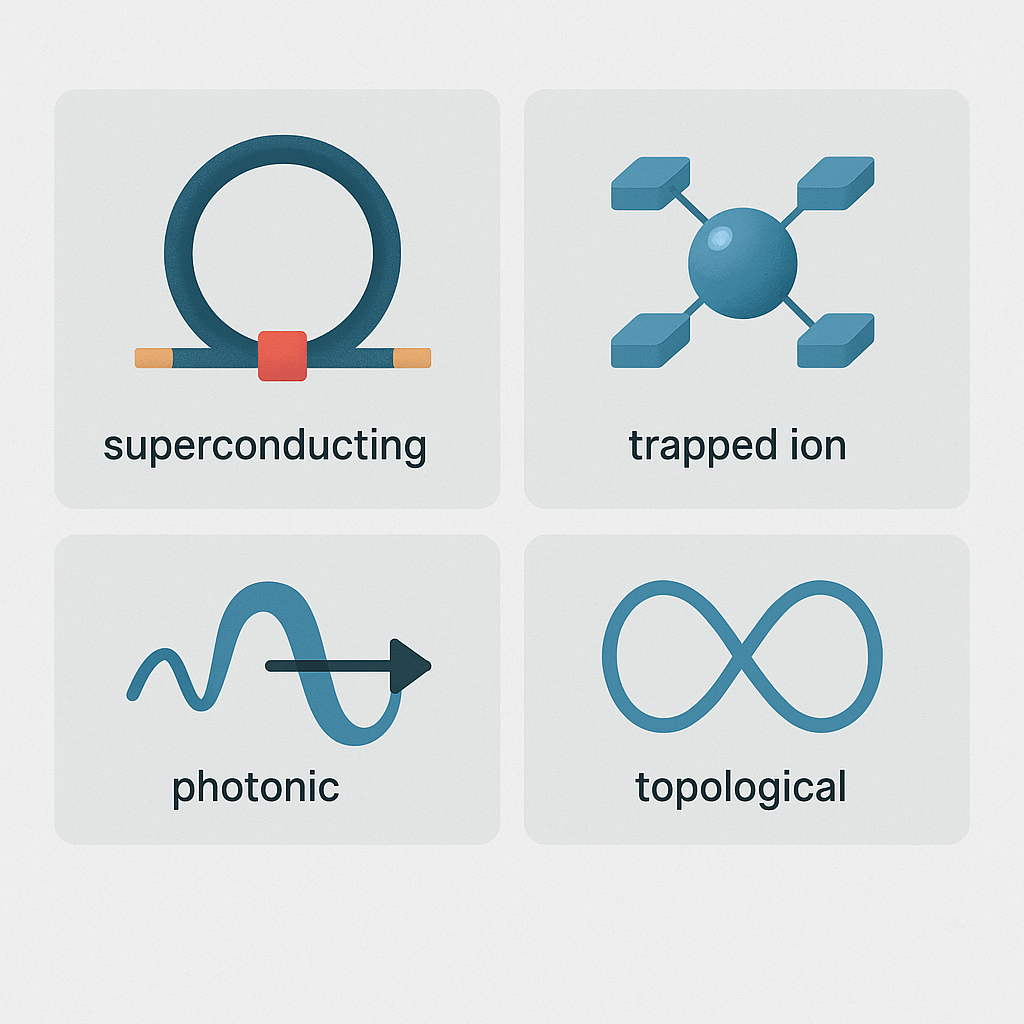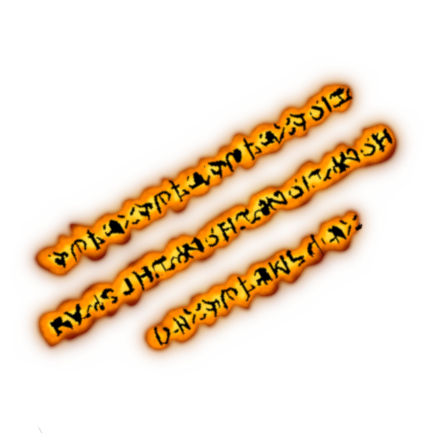Implementing Physical Qubits

Implementing Physical Qubits
By now, we have a good understanding of what logical and physical qubits are. A physical qubit is a hardware-level qubit—an actual, physical system implemented in a quantum computer. In this article, we’ll explore how physical qubits are implemented, which is THE most critical challenge in quantum computing today.
So, what does it mean to implement a physical qubit?
It means building a physical system that has two well-defined, distinguishable quantum states—analogous to $\ket{0}$ and $\ket{1}$—and the ability to manipulate them through quantum gates. In addition, we must be able to measure the qubit’s state at the end of a computation, typically by detecting some physical signal that depends on whether the qubit was in $\ket{0}$ or $\ket{1}$.
Hamiltonian-Based Implementation
Recall that the Hamiltonian of a system describes its total energy. Its form depends on the specific physical setup (the system itself), and its eigenstates define the system’s natural basis states. Moreover, the system’s time evolution is governed by its Hamiltonian via the Schrödinger equation.
This leads to an elegant idea:
If we can find a physical system whose Hamiltonian has at least two stable eigenstates, we can use them as $\ket{0}$ and $\ket{1}$. And if we can temporarily modify the Hamiltonian, we can control the time evolution and thereby implement quantum gates.
This is the basic principle behind Hamiltonian-based physical qubit implementations
In the following articles, we’ll explore two major examples: superconducting qubits and trapped ion qubits.
Any other implementations?
Yes—not all physical qubits rely on Hamiltonian-driven dynamics.
Some platforms, like photonic quantum computing, use beam splitters and polarizers to define and manipulate qubits. Others, like topological quantum computing, encode information in how particles are arranged and moved—rather than in energy levels—making them more stable against noise, but still a major engineering challenge.
We’ll cover these alternative approaches after exploring the Hamiltonian-based models.
All images in this article were generated by ChatGPT.

Leave a comment